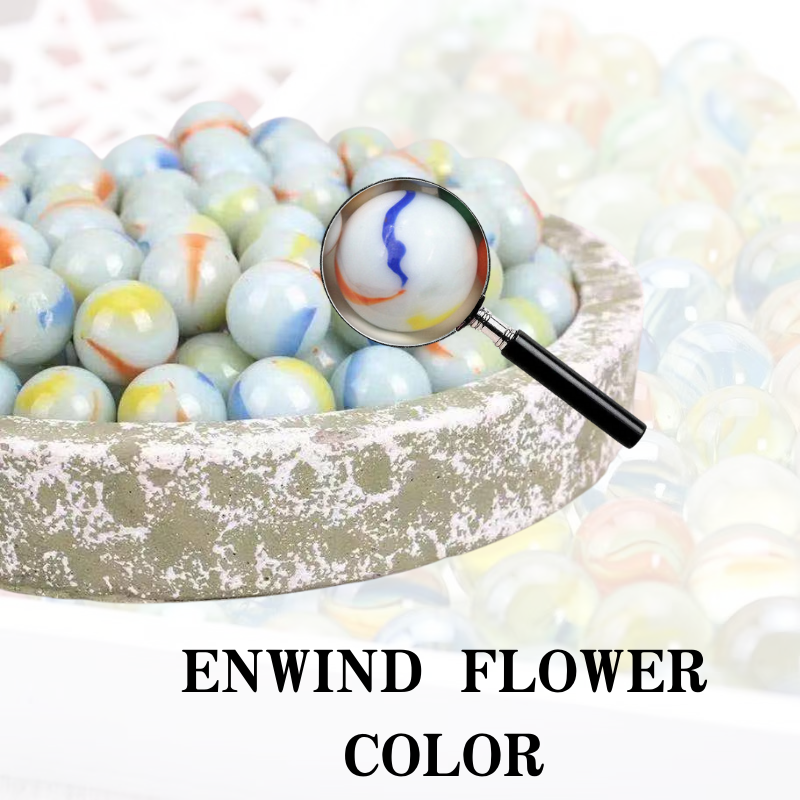
adding perlite to clay soil
Adding Perlite to Clay Soil Enhancing Soil Structure and Drainage
Clay soil has a reputation for being heavy, dense, and difficult to work with. While it has some benefits—such as holding nutrients and moisture—its drawbacks, including poor drainage and compaction, often outweigh these advantages. To improve the quality and manageability of clay soil, many gardeners and landscapers turn to perlite. This natural volcanic glass, when added to clay soil, can significantly enhance its physical properties and overall performance.
Perlite is a lightweight material that consists of small, white granules. When heated, perlite expands to many times its original size due to the rapid vaporization of water contained within it. This expansion makes it an excellent additive for improving soil structure. When mixed with clay soil, perlite can alleviate some of the main issues associated with clay, such as its tendency to compact and retain excess moisture.
One of the primary benefits of adding perlite to clay soil is improved drainage. Clay particles are very small and packed closely together, creating a compact environment that inhibits water movement. This can lead to waterlogging and root rot in plants. By incorporating perlite into the soil, gardeners can create air pockets and increase the space between soil particles, allowing water to flow more freely. This improved drainage is crucial for healthy root development, as it helps prevent the dreaded wet feet condition that clay soil is notorious for.
adding perlite to clay soil

Another advantage of perlite is its ability to enhance aeration. As previously mentioned, clay soil's compact nature limits air circulation, which can suffocate plant roots. Perlite’s lightweight and porous structure allows for increased airflow, promoting a healthier environment for root systems. Improved aeration also fosters beneficial microbial activity in the soil, further enhancing plant health and resilience.
In addition to drainage and aeration, perlite can help with soil consistency. When mixed with clay, it helps break up the dense particles, making the soil more workable. This is particularly beneficial for gardeners who want to cultivate or amend their soil without heavy machinery. By creating a looser, more friable soil mixture, gardeners can more easily plant seeds, transplant seedlings, and maintain healthy soil structure.
To effectively incorporate perlite into clay soil, it is recommended to mix it in at a ratio of approximately 11 or 12 (perlite to clay). This may vary depending on the specific needs of the plants being grown and the existing soil conditions. The mixture should be thoroughly blended to ensure that the perlite is evenly distributed throughout the clay soil.
In conclusion, adding perlite to clay soil is an effective strategy for improving its physical properties and overall performance. By enhancing drainage, aeration, and soil consistency, perlite can help transform heavy clay into a more hospitable environment for a wide range of plants. Whether you're a home gardener looking to improve your backyard or a professional landscaper working on larger projects, incorporating perlite can make a significant difference in how clay soil performs, ultimately leading to healthier and more productive plants. Embrace the benefits of perlite and watch your garden thrive!
Share
-
Fly Ash Solutions Enhanced by GPT-4 Turbo | Sustainable InnovationNewsAug.01,2025
-
Natural Premium Bentonite Cat Litter - Superior ClumpingNewsJul.31,2025
-
Premium Resin Coated Sand - High Heat Resistance CastingNewsJul.31,2025
-
High Quality Silicon Carbide Grit for Abrasive ApplicationsNewsJul.30,2025
-
High-Quality Ceramsite for Plants & Gardening | Lightweight PebblesNewsJul.29,2025
-
Premium Burgundy Glass Marbles for Vases & Shooter GamesNewsJul.29,2025






